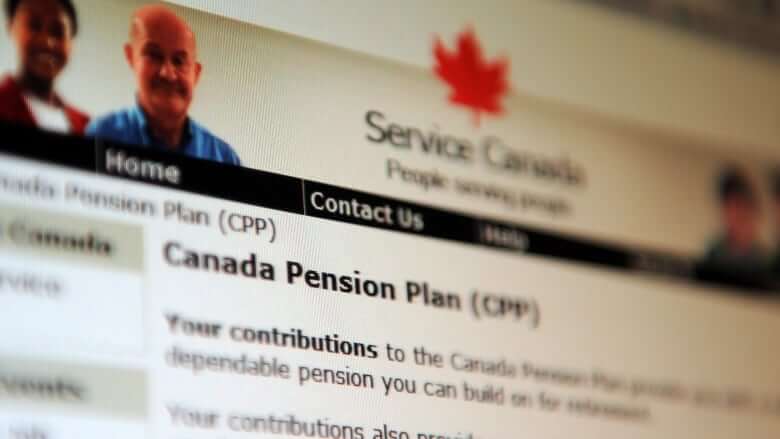CPP premiums set to rise in January, a bigger jump than planned

Jan. 1 is going to feel like Groundhog Day for all those paying into the Canada Pension Plan. Like last year, contributions are going up again by more than originally planned, and the reason again lies with the unique impacts of the pandemic on the labour market.
Here’s a rundown of what’s happening.
Why CPP premiums are going up
The increase is part of a multi-year plan approved by provinces and the federal government five years ago to boost retirement benefits through the public plan by increasing contributions over time. The increases started in 2019.
A KPMG note in November said the maximum employer and employee contributions will hit $3,499 each in 2022, an increase from $3,166 this year. For self-employed contributions, the maximum amount will be $6,999, up from $6,332.
The CPP is a self-financed plan, funded by employer and employees. Contributions are used exclusively to provide benefits within the CPP program.
A spokesperson for the Department of Finance says this CPP enhancement is raising the maximum CPP retirement pension for Canadian workers by 50 per cent over time and that young Canadians just entering the workforce will see the largest increase in retirement benefits.
What makes 2022 different (or the same as 2021)
The pension plan requires contributions to go up alongside the upper limit on earnings that are subject to those premiums.
For next year, the earnings ceiling, known as the yearly maximum pensionable earnings or YMPE, was supposed to be $63,700, an increase of $2,100 from the 2021 limit. But the actual amount is going to be higher at $64,900, for a 5.3 per cent increase, which is the largest in three decades.
The reason is the pandemic’s lingering effects on the labour market.
The formula to calculate the earnings limit looks at what people are earning on average each week, and compares changes between 12-month periods that end June 30.
What has happened during the pandemic is that average weekly earnings have jumped because there are fewer people working in lower-paying jobs. Without them, the average increase appears more dramatic than what it is.
What happens next
Federal Conservative Leader Erin O’Toole had called on the government to push off this year’s bump, saying it wasn’t the right time for another premium increase with inflation driving up the cost of living for consumers, and many small businesses still trying to build back their revenues.
Any changes to contribution rates or the earnings ceiling where contributions top out would need the approval of Parliament and seven provinces representing at least two-thirds of the national population — a higher bar than what’s required to amend the Constitution.
So premiums are going up.
But there’s more
The changes to the Canada Pension Plan aren’t done. Prime Minister Justin Trudeau has asked Finance Minister Chrystia Freeland to work with provinces to increase by 25 per cent the amount paid out in CPP benefits to widows and widowers.
EI premiums are going up as well once a two-year federal freeze on increases thaws next year. Premiums are set to rise thereafter from $1.58 per $100 of insurable earnings, to $1.83 by 2027. The yearly increases are the maximum amount allowed by law and need to go up to refill the EI fund after it was drained by pandemic-induced demand.
The government’s fall economic statement projected that the EI account would come back to balance by 2028.





Redes Sociais - Comentários